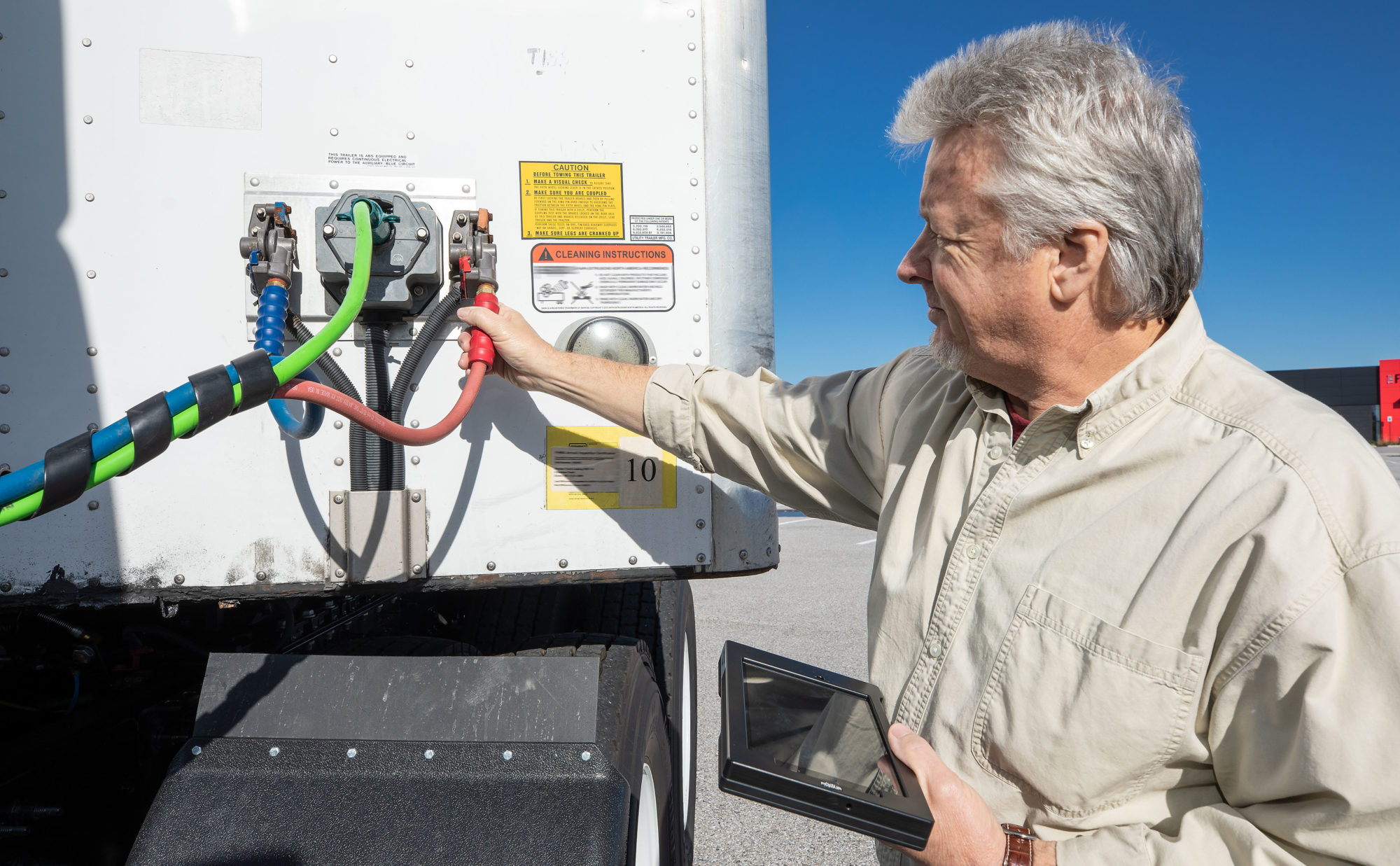Best fleet forward: How to improve fleet safety with technology
As any fleet manager knows, it is imperative for the success of a trucking company to prioritize safety. Whether it’s risky driving behavior or poor vehicle maintenance, several factors can impact drivers and lead to severe accidents and high costs.
According to an Ontario Provincial Police report, the amount of fatal transport truck crashes in the North East region of Ontario alone in 2018 was 800 percent higher than 2017. At this rate, the thousands or even millions of dollars per accident settlement can have a significant and even debilitating effect on a company’s bottom line.
With the right technology in place, fleets can optimize their safety programs, taking the appropriate measures to correct risky driver behavior and vehicle defects, reduce the high costs associated with accidents, and potentially save lives.
Utilizing technology to minimize risk and avoid incidents
A report by Transport Canada reveals that over 1,000 commercial vehicles were involved in collisions in 2016. Severe accidents are often caused by poor driving behavior that has been left unchecked. Harsh braking, rapid acceleration, lane departure, and hard cornering are examples of critical events that can lead to incidents. Identifying and correcting these risky behaviors can help raise overall fleet safety and efficiency.
Some telematics providers offer critical event reporting applications, which identify driver behaviors such as speeding, lane departure, and roll stability. These applications look at the number of seconds before the truck would collide with the vehicle in front of it if the truck continued at its current speed. Forward collision warning and follow time violations are triggered when a truck exceeds a certain distance (the latter over a period of time, typically less than forward collision warning). Being able to identify “close calls” and the frequency of incidents can help safety managers prioritize their efforts and intervene when appropriate.
Critical event reporting can also help incentivize drivers who practice safe habits, important as the driver shortage continues to be an issue. A solution like Omnitracs’ Critical Event Reporting (CER) allows fleet managers to drill into the most common incidents over any timeframe by fleet, driver, and vehicle — comparing that data to the fleet’s average. The objective data on driver safety performance from the application allows managers to coach drivers who need it and reward the safest drivers while fostering a healthy sense of competition.

Monitoring and prioritizing vehicle maintenance
Vehicle health and maintenance can have a significant impact on daily operations when fleets don’t stay on top of it. Driver Vehicle Inspection Reports (DVIRs) help fleets proactively manage vehicle maintenance, facilitating roadside inspections and increasing vehicle safety.
Moving from paper to electronic DVIRs reduces errors, helping with compliance. Electronic DVIRs ensure trucks and trailers receive the maintenance they need before going back on the road — preventing minor issues from becoming major ones and causing an accident.
Without efficient and centralized communication between drivers and maintenance, vehicle issues can easily be overlooked and soon cause a major accident. Omnitracs’ DVIR has flexible alerts that ensure drivers don’t forget inspections, and allows fleet managers and maintenance to receive real-time notification of defects.
Enhancing driver safety with coaching and predictive modeling
Risky behaviors such as speeding, distracted driving, and roll stability can not only jeopardize safety, but they can also have dire consequences for a company’s bottom line. Repairs, insurance, third-party damages, litigation and punitive damages, damage to customer freight and service levels, loss of vehicle productivity, and administrative burdens are all possible costs fleets could face if involved in an accident.
According to Omnitracs data, 88 percent of the cost of claims stems from just 22 percent of the accidents, and those severe accidents have an average cost nine times higher than the all-client, all-accident average cost of accidents. To effectively prevent costly accidents, it’s important for fleets to be aware of risky driving behaviors.
Predictive models and analytics can forecast the probability of an accident. Omnitracs’ Accident Severity Model (ASM) utilizes Hours of Service data and thousands of other data points to identify the drivers who are most likely to be involved in a serious accident, enabling proactive intervention to prevent accidents.
Avoiding an incident altogether is unrealistic in today’s busy, congested world. However, implementing safety technology and reporting to identify risky driving behaviors and stay on top of vehicle maintenance is the first step to mitigating risk and preventing accidents before they happen.

Have your say
This is a moderated forum. Comments will no longer be published unless they are accompanied by a first and last name and a verifiable email address. (Today's Trucking will not publish or share the email address.) Profane language and content deemed to be libelous, racist, or threatening in nature will not be published under any circumstances.